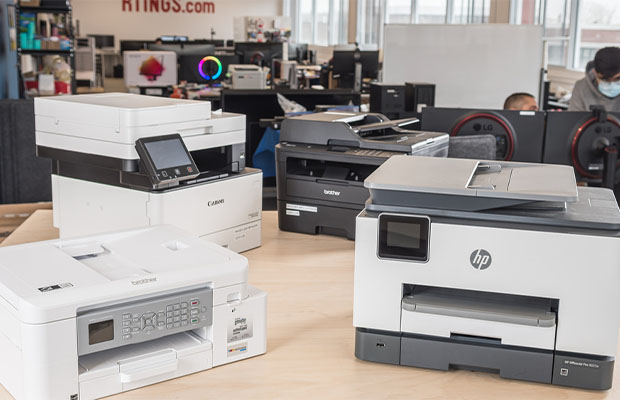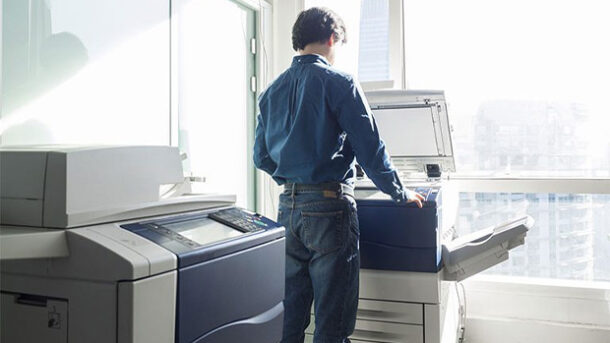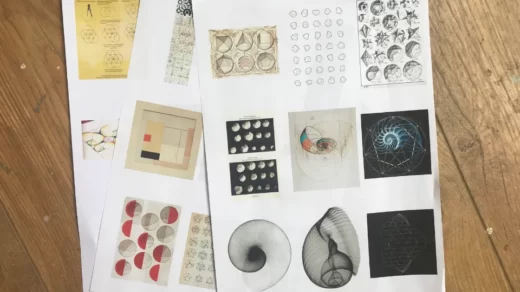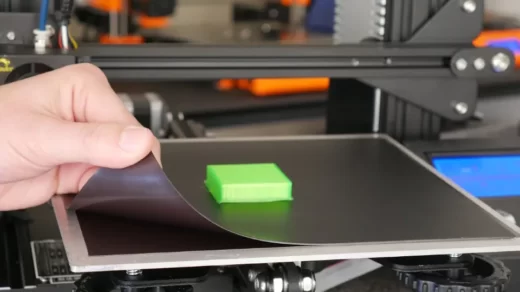Do you know what is printer pooling? Printer pooling is a standard feature of Windows NT, 2000, XP, Vista, and Windows 7 that allows a group of printers to share the same name and function as if they were one printer.
The fact that computers can share printers that are connected to the local network makes it common for offices to have more computers than printers on-site.
For load balancing, printer pooling is employed. When an end-user puts a print job in the queue, the first available printer in the pool will take the job.
Table of Contents
Printing Process
When a computer sends a document or other data to a printer, the pages or images that make up the print job are placed in the printer’s printing queue. Provided that the printer is connected to a network, the queue can hold a number of print jobs from various computers.
The order in which print jobs are processed depends on where they are in the queue, with the following print job not being processed until the current job is finished or canceled.
Also Read:
What is Printer Pooling?
Instead of having print jobs sent directly to the distinct queues of individual printers, multiple printers can be configured to draw print jobs from a single, pooled printing queue.

When several print jobs are in the queue, the printing process is sped up by sending them to a printer as they become available from the pooled queue. Print jobs will still be processed from the central queue by the other printers even if one printer breaks down or is turned off.
Read More: What Is Printer Memory?
How To Set Up a Printer Pool?
Printers in a printer pool should ideally be the same model, though similar models by the same manufacturer can sometimes be used so long as they use the same driver software. As if they were being used independently, the printers are connected to a main computer or Ethernet hub.
Each printer must be installed with a unique name on every computer that will access the printer pool, after which an administrator will access the printer’s Properties window from the Control Panel.
Printer pooling is enabled on the Ports tab of the Properties window by selecting the ports that each printer is connected to and clicking the “Enable Printer Pooling” option.
How To Remove a Printer?
The process of removing a printer from a printer pool is very similar to uninstalling a single printer.
The printer is unplugged from the network or main computer, and each computer that uses the printer pool no longer has the printer’s entry.
An administrator must uncheck the port entry for that printer on the Ports tab of the Properties window for each other printer in the pool in order to completely remove it from the pool. Each computer that accesses the pool needs to perform this.
You May Also Like:
FAQs
How to Enable Printer Pooling?
Printer pooling is enabled on the Ports tab of the Properties window by selecting the ports that each printer is connected to and clicking the “Enable Printer Pooling” option.
What is the Advantage of Printer Pooling?
If someone sends a large print job to the printer, other users won’t have to wait for it to finish. Print jobs won’t back up if a paper jam or other printer error occurs because the next available printer will take over.
Should I Spool Or Print Directly to Printer?
Unless the spooler is malfunctioning, I recommend always spooling the document rather than printing directly to the printer. Because the program sends the print job to the printer at the same time it builds the print job, printing directly from a program takes much longer than spooling a print job.
What is Bidirectional Support on Printer?
Bidirectional support means that text is supported going in both directions for different types of alphabets.
What is Printer Priority?
Using printer priorities in Windows allows multiple printers to be created, providing some control over the order in which print jobs will be printed by the printing device.
Final Words on Printer Pooling
The printers must all be able to use the same driver, so they must all be of the same model. The printers are usually located physically next to each other so the end user knows where to pick up his print job.
In dedicated print rooms, printer pools are frequently used in businesses.
Read Next:







